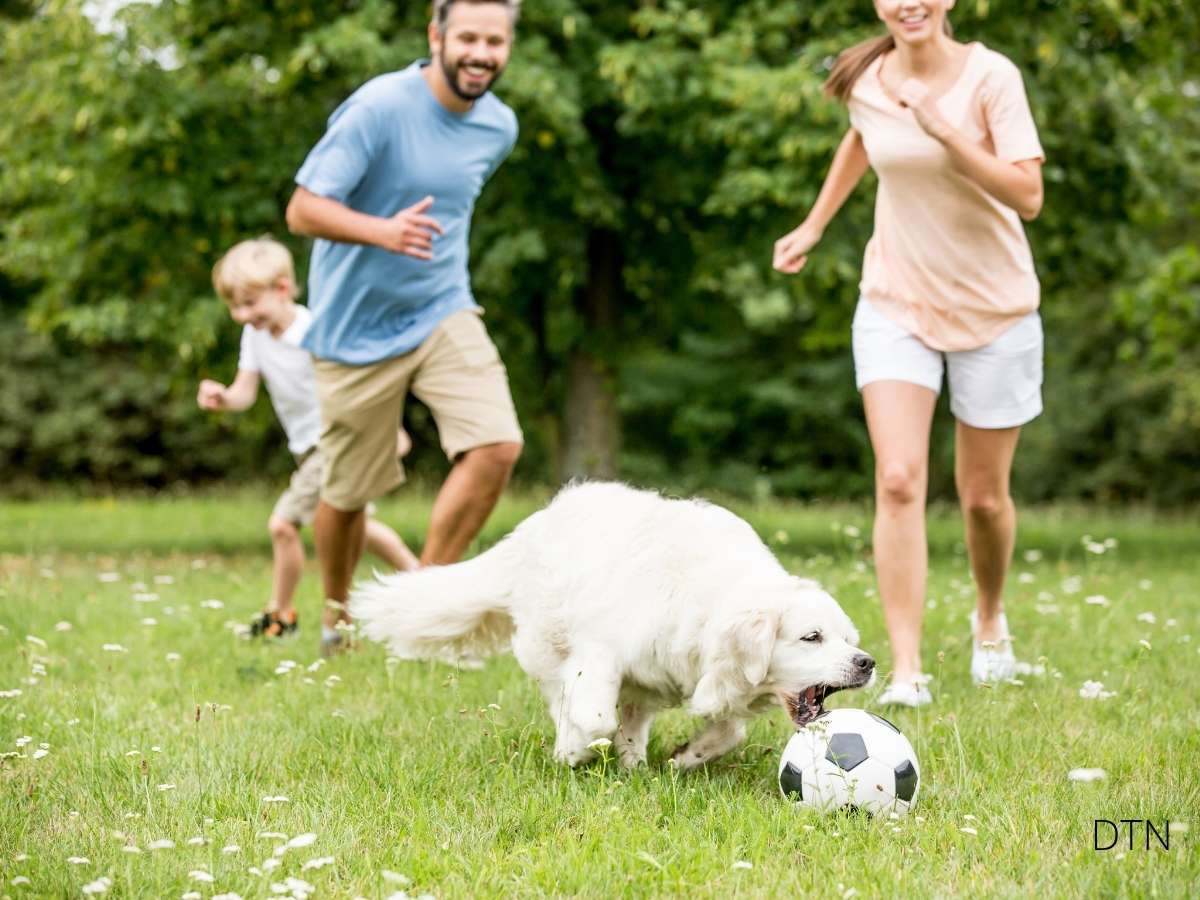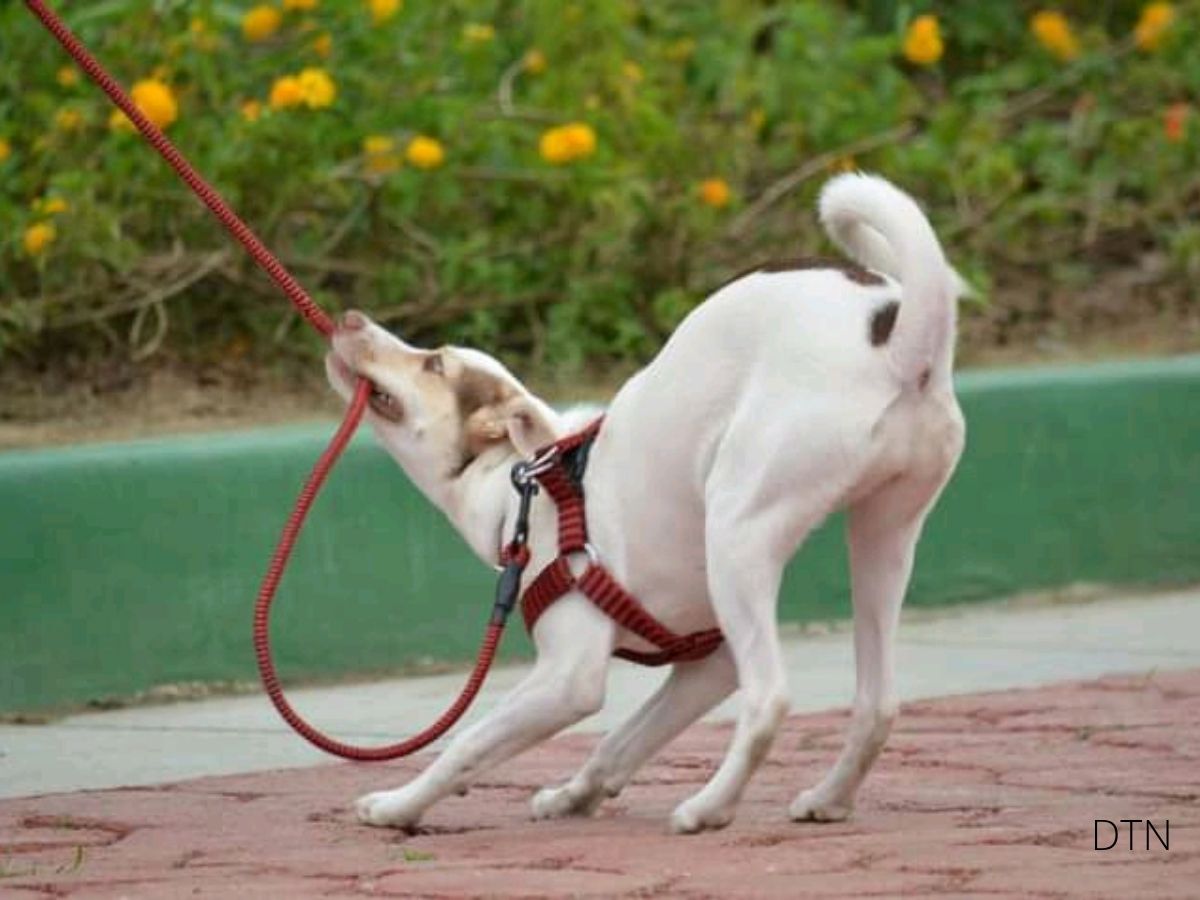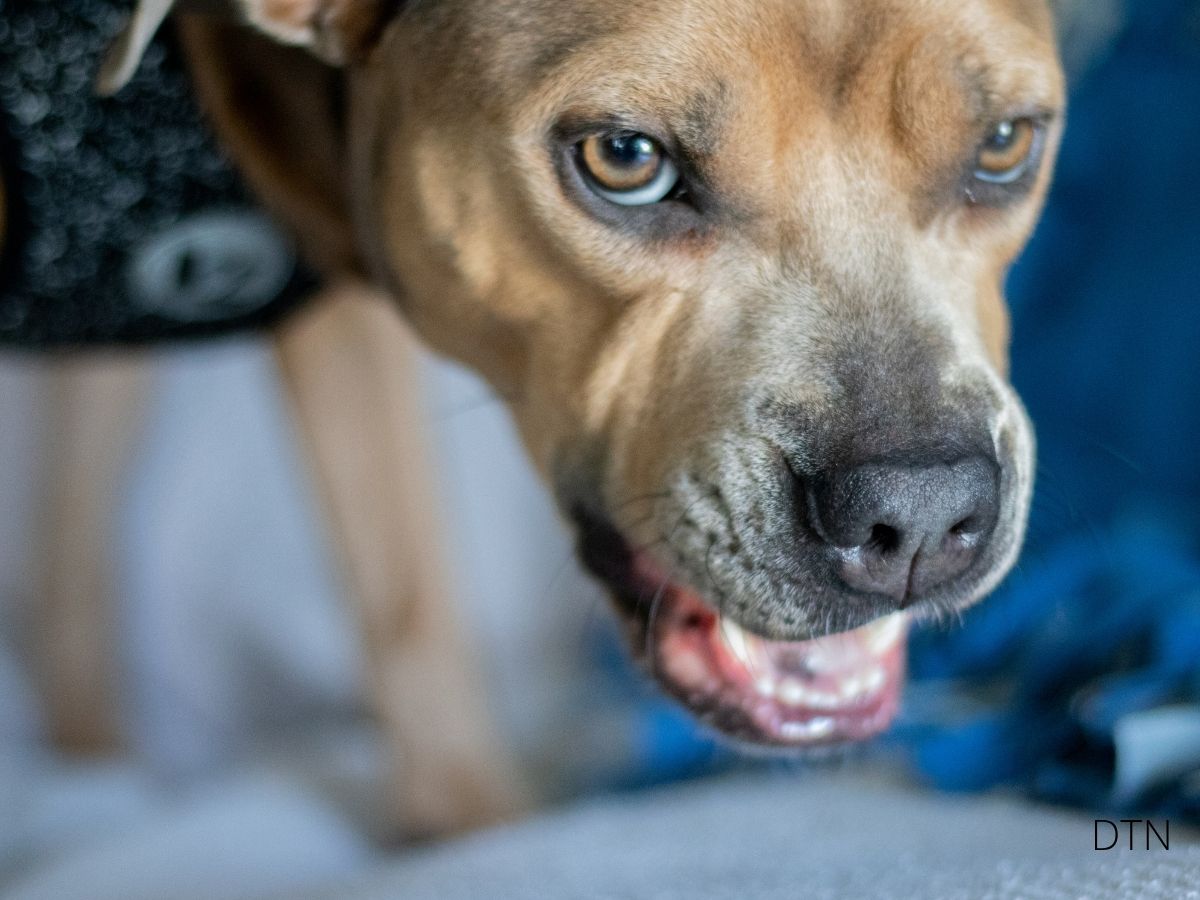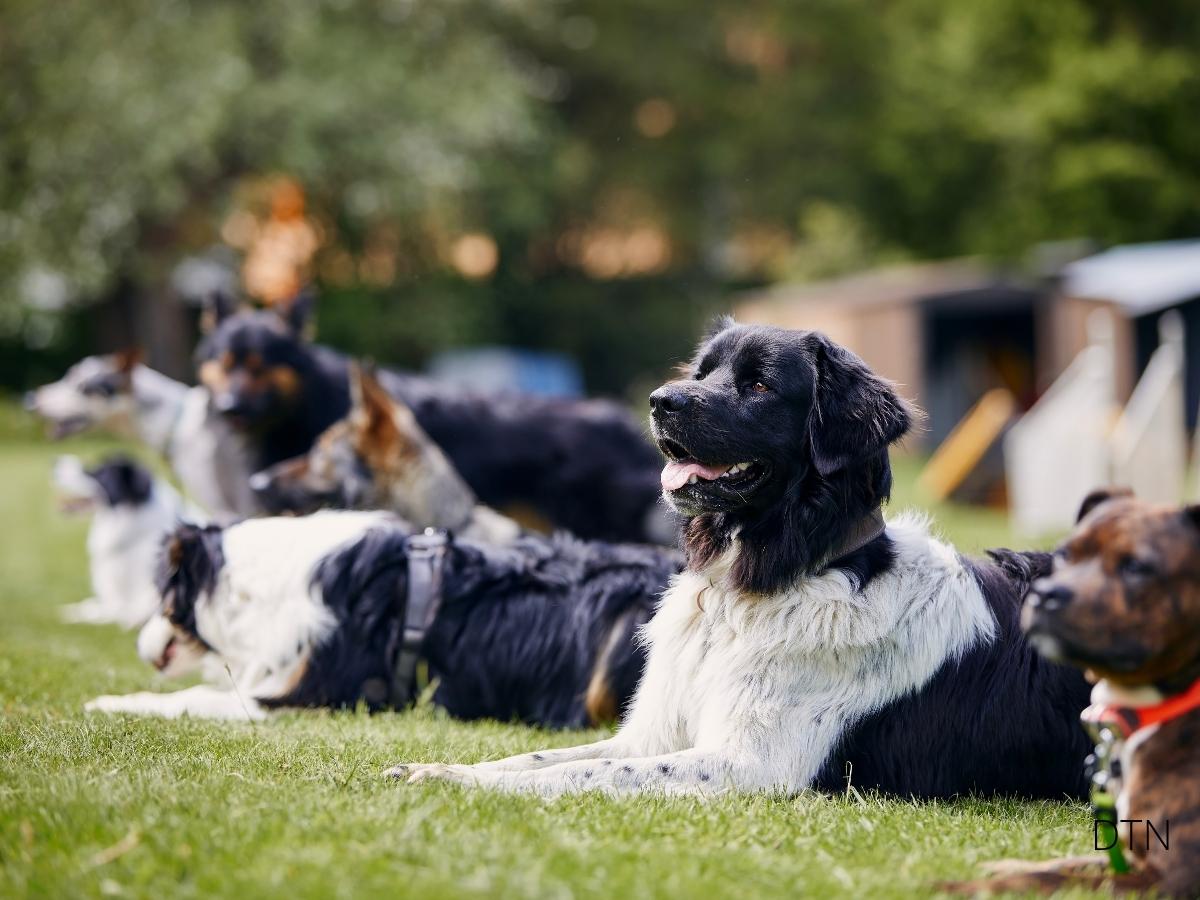Introduction: When Home Becomes Uncertain
Your dog doesn’t need to understand the words of an argument to feel its weight. As you navigate the complexities of human relationships within your household, your furry companion is quietly absorbing every shift in emotional temperature, every tense silence, every raised voice. Dogs, refined through thousands of years of domestication, have become extraordinary readers of human emotion—a gift that serves them well in harmonious homes but becomes a burden when conflict enters the picture.
Family conflict—whether heated arguments, prolonged tension, or emotional withdrawal—creates ripples that extend far beyond the humans involved. You might notice that your once-reliable companion suddenly struggles with commands they’ve known for years, or perhaps they’ve become clingy, anxious, or even unexpectedly aggressive. This isn’t coincidence. What you’re witnessing is behavioral regression—a scientifically documented response to chronic emotional stress that affects your dog at neurological, hormonal, and psychological levels.
Let us guide you through the science of how household conflict impacts our canine companions, and more importantly, how you can help restore their sense of security.
Emotional Contagion: Your Dog’s Superpower and Vulnerability
Understanding How Dogs Mirror Human Emotion
Did you know that your dog can catch your feelings almost like catching a cold? This phenomenon, called emotional contagion, represents one of the most remarkable aspects of the human-dog bond. Through millennia of living alongside humans, dogs have developed sophisticated abilities to read, interpret, and mirror our emotional states.
Research shows that dogs exhibit clear behavioral indicators of arousal and negative emotional states after hearing negative emotional sounds from humans or other dogs. Your dog’s ears perk up, their body tenses, and their internal stress systems activate in response to the emotional valence they detect in your voice, movements, and even your scent.
The duration of your relationship matters significantly. Dogs who have lived with their owners longer show stronger emotional contagion effects, particularly female dogs. This means the time you’ve spent building trust actually increases their sensitivity to your emotional state—a beautiful testament to your bond, but during conflict, this heightened attunement becomes a double-edged sword.
The Cortisol Connection
While dogs don’t simply mirror every spike in their owner’s cortisol levels, the quality of human-dog interactions significantly influences shared hormonal responses. Studies have found correlations between psychological characteristics of the human-dog relationship and both oxytocin and cortisol levels in owners and their dogs.
Perhaps most concerning is what happens during prolonged emotional stress. Early life stress in dogs leads to methylation differences in glucocorticoid receptor genes, resulting in dysregulation of the hypothalamic-pituitary-adrenal (HPA) axis—the body’s central stress response system. This dysregulation can create lasting changes in how your dog processes and responds to stress throughout their life. 🧠
Reading the Room
Dogs appear quite capable of distinguishing between different emotional intensities. Research demonstrates that dogs recognize and respond differently to positive versus negative emotional sounds, showing increased freezing behavior after hearing distressed vocalizations. When you have a mild disagreement, your dog may become slightly more alert. But when conflict escalates to shouting or intense emotional displays, their stress response intensifies correspondingly.
Behavioural Regression: When Training Unravels
The Mysterious Decline of Learned Behaviors
You’ve spent months teaching your dog to come when called, wait calmly at doorways, and maintain excellent house manners. Then, seemingly overnight, these well-established behaviors begin to crumble. What happened?
Behavioral regression during family conflict isn’t about your dog “forgetting” their training. Instead, it reflects how stress fundamentally disrupts the cognitive and emotional states necessary for executing learned behaviors. Research shows that dogs’ body language during learning is directly related to their success rate—specific postures like wide eyes, closed mouth, erect ears, and a forward, high tail carriage correlate with high achievement.
When family conflict induces negative emotional states, your dog can’t maintain these learning-conducive postures and mental states. Their nervous system shifts into survival mode, prioritizing threat detection over complex behavioral responses.
Three Mechanisms of Regression
Impaired Focus: Family conflict taxes your dog’s cognitive resources in ways that make focusing on commands nearly impossible. The cognitive bandwidth simply isn’t available when stress hormones flood their system.
Associative Disruption: Dogs learn through association, but these associations rely on consistency. When the emotional context surrounding a cue changes drastically due to conflict, the established link can break down. If you typically give your “settle” command in a calm tone, but during conflict your voice is tight with tension, the cue itself changes.
Tone and Body Language Confusion: When humans are engaged in conflict, their communication becomes inconsistent, agitated, or withdrawn. Your dog may struggle to differentiate between a command and a stress-induced vocalization. The sharp “come!” you call out while frustrated sounds nothing like the cheerful “come!” of peaceful times. 🐾
Neurobiological Impact: Stress in the Canine Brain
The HPA Axis and Limbic System
The hypothalamic-pituitary-adrenal (HPA) axis represents the cornerstone of your dog’s stress response system. Chronic exposure to emotional stress can dysregulate this crucial system through epigenetic changes. Your dog’s brain may become hypersensitive to conflict cues, triggering intense stress responses to even minor household tensions.
The neurological impact extends beyond immediate behavioral changes. When the HPA axis is repeatedly or chronically activated, it can lead to structural and functional changes in brain areas involved in stress response, emotion regulation, and cognitive functions. This means sustained exposure to family conflict could create lasting deficits in learning, memory, and emotional regulation.
The Oxytocin Factor
Oxytocin, the “love hormone,” plays a vital role in social bonding between you and your dog. Positive interactions—petting, playing, gazing into each other’s eyes—increase oxytocin levels in both species. But when household emotional climate becomes dysregulated due to conflict, the oxytocin system in both humans and dogs can be negatively affected.
Remarkably, dogs with adverse experiences exhibit altered oxytocin receptor gene expression and develop more insecure attachment styles. When your dog’s oxytocin system is compromised, the very foundation of your relationship becomes shakier. Your dog may struggle to find comfort in your presence, may become overly clingy or avoidant, and may lose the sense of security that once characterized your bond. 🧡
You want to be happy? Lock yourself in a room with a puppy.
– Unknown
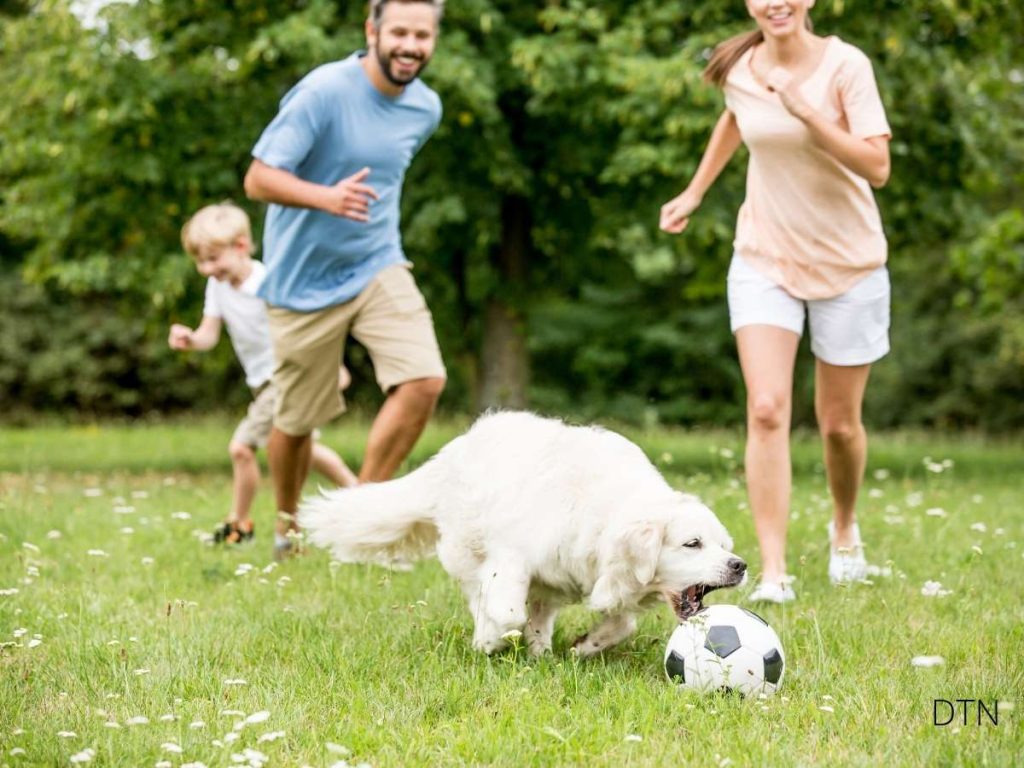
Attachment Disruption: The Secure Base Crumbles
From Secure to Insecure Attachment
In healthy circumstances, you serve as your dog’s “secure base”—a reliable source of comfort, safety, and predictability. Family conflict creates an unpredictable and emotionally charged environment that undermines your dog’s sense of a secure base.
Dogs who develop anxious attachment during household conflict may exhibit excessive clinginess, hypervigilance, constant attention-seeking, and destructive behavior when alone. These behaviors reflect your dog’s desperate attempts to maintain connection and security in an environment that feels increasingly unpredictable.
Conversely, some dogs develop avoidant attachment, characterized by emotional withdrawal, reduced greeting behaviors, decreased play, and pulling away from affection. This isn’t your dog “being aloof”—it’s a protective strategy.
Behavioral Consequences
Dogs from stressful environments frequently exhibit separation anxiety and defensive aggression. When your dog can’t rely on you as a secure base even when you’re present, the prospect of you leaving becomes terrifying. Heightened stress can also manifest as snapping when startled, resource guarding, reactive barking, or food aggression—fear and stress responses from a dog whose sense of safety has been compromised.
The Power of Relational Repair
Here’s hopeful news: attachment security can be rebuilt. Research on shelter dogs reveals that “mere patience and time spent in a family instead of the shelter environment can be a solution to at least some of the behavioral problems encountered.”
Restoring your dog’s attachment security requires consistency in routines, emotional availability through focused positive interactions, calm leadership, and predictable responses. The process takes time, but the human-dog bond is remarkably resilient when given proper support. 😊
Environmental and Social Dynamics
Multi-Dog Households
If you have multiple dogs, stress can cascade through your canine household. Dogs exhibit emotional state-matching when exposed to negative emotional sounds from other dogs. If one dog becomes anxious due to family conflict, other dogs may pick up on this distress and display their own stress responses, creating collective anxiety that exceeds what any individual dog might experience alone.
The Critical Role of the Anchor Figure
In most families, one person serves as the primary anchor figure for the dog. When this anchor figure becomes inconsistent, emotionally withdrawn, or actively involved in conflict, the impact on the dog often exceeds that of other household members’ involvement. It’s as if the dog’s North Star suddenly becomes unreliable, leaving them without a reference point for safety and stability.
Practical Steps Forward
Immediate Protective Measures
Create Conflict-Free Zones: When possible, have challenging discussions when your dog is on a walk with another family member or in another room with something engaging.
Post-Conflict Reconnection: After household tensions, spend 10-15 minutes in calm, pleasant interaction—a short walk together, practicing simple commands with high-value rewards, or gentle physical affection.
Long-Term Environmental Management
Establish Non-Negotiable Routines: Regardless of household tensions, maintain consistent feeding times, regular exercise schedules, bedtime rituals, and special one-on-one time with your dog.
Evidence-Based Interventions: Environmental enrichment provides positive focus outside conflict dynamics. Routine re-establishment creates security and counteracts instability. Co-regulation exercises—where you actively help your dog manage their emotional state through calm presence—directly address emotional dysregulation caused by conflict.
When to Seek Professional Help
Seek professional guidance if you notice sudden aggression, severe separation anxiety, self-harm behaviors, complete withdrawal, persistent house soiling, or significant changes in appetite or sleep patterns. The most effective approach often combines veterinary evaluation, behavioral consultation, family counseling, and possible medication support for severe cases. 🐾
Conclusion: Your Dog’s Emotional Intelligence Deserves Protection
Your dog’s remarkable ability to read and respond to your emotional state represents one of the most beautiful aspects of the human-dog bond. But this gift comes with vulnerability. When household conflict creates chronic emotional turbulence, your dog absorbs this stress in ways that affect them neurologically, hormonally, behaviorally, and psychologically.
Understanding this connection empowers you to take action. Even during difficult family periods, you can buffer your dog from the worst effects by maintaining routines, providing emotional availability, creating predictability, and consciously working to repair the attachment bond after stressful periods.
Your dog didn’t choose to have a nervous system exquisitely tuned to yours—but you can choose to protect them during times when that connection becomes difficult. Your dog’s behavioral changes aren’t just inconvenient—they’re communications, informing you that their emotional wellbeing needs attention and support. Listen to these signals with compassion, respond with consistency and patience, and know that the bond you share can not only survive difficult times but ultimately become stronger through intentional repair and reconnection.
During your household’s challenging moments, strive to be that consistent anchor for them—because in their eyes, you’ll always be their most important relationship, their secure base, and their beloved family. 🧡


